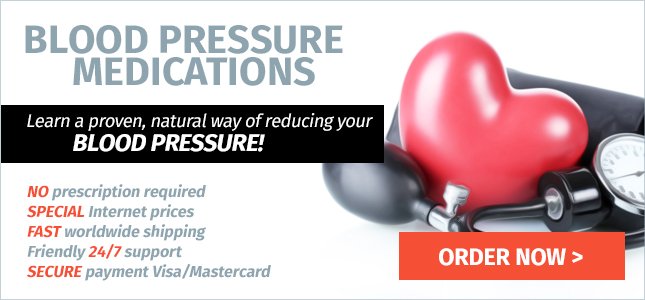Hypertension is a disease, which requires a prolonged medical treatment. In high blood pressure, antihypertensive medications should be taken regularly.
Therefore, despite the fact that the cost of a dose of hypotensive medication is not very expensive, the total cost of a year of hypertension treatment may vary from several hundred to several thousand $US.
To reduce the costs of treating hypertension, it is necessary to learn to control blood pressure by means of non-pharmacological methods.
Non-pharmacological prevention of hypertension is absolutely free, so it is affordable for everyone. In order to improve blood pressure control, it is necessary to be physically active, to give up smoking and not to abuse alcohol, as well as to follow a healthy diet.
The consumption of foods that lower blood pressure, as well as active lifestyle help significantly to improve the health and to reduce the costs of antihypertensive therapy by several times.
Herewith, the majority of foods that lower blood pressure help to normalize metabolism. Thus, their regular use helps to lose weight and to maintain a normal body weight.
A list of foods that lower blood pressure consists of hundreds of names, some of them you can find in this review. Remember that when making up a diet plan for hypertension prevention:
- It should include foods that lower blood pressure
- Foods that enhance hypertension should be excluded from it
In simultaneous use of nutrients that increase and decrease blood pressure, a significant hypotensive effect cannot be achieved. Therefore, a diet for hypertension prevention should be balanced with the minimal amount of salt and cholesterol.
Table salt consists mainly of the mineral – sodium chloride (NaCl). A distinctive feature of sodium is that in its excessive consumption, hypertension may develop.
A small amount of sodium does not create a serious health hazard. Therefore, there is no need completely to abandon table salt.
- To maintain a normal metabolism, a person needs no more than 2 mg of sodium per day. Such amount of sodium is contained in about 5mg of table salt.
We should realize that sausage, cheese and other ready cooked foods already contain salt. Therefore, if salted products were included in the daily diet, do not use salt in cooking and do not add salt during the meal.
The danger of table salt is that even if a person consumes foods that lower blood pressure and simultaneously abuses salt, hypertension will progress.
In addition, people with hypertension should:
- Use salt low in sodium when cooking
- Fully refuse from purchase and consumption of very salty products
- Replace salt by natural seasonings when cooking
Given that sodium is one of the key nutrients causing hypertension, food products low in sodium help to reduce blood pressure.
- The minimal amount of sodium is contained in radish, potato, paprika, rutabaga, pumpkin, cabbage, watermelon, carrots, cucumbers, onions, oranges, pears, juices, plums, lemons, strawberry, grapefruit, blackberry, semolina, flour, pasta, cereals, and rice.
- A large amount of sodium is contained in sausage products (bacon, ham, sausages), canned fish and meat, mayonnaise, ketchup, margarine, canned vegetables, ready-to-cook foods, olives, canned mushrooms, canned soups.
To reduce blood pressure, it is important not only to consume less sodium (salt), but also a sufficient amount of potassium. Potassium decreases hypertensive effect of sodium.
Therefore, increasing the intake of foods containing potassium is as important for non-pharmacological blood pressure control as restriction of salt intake.
A large amount of potassium is found in whole grains, berries, fruits and vegetables. Adult women with hypertension should consume at least 3.1 grams of potassium, and adult men – at least 3.5 grams of potassium per day.
To reduce cardiovascular risks, it is necessary to consume not only foods that lower blood pressure, but also nutrients to strengthen the blood vessels. One of the nutrients strengthening the vascular system is calcium.
Besides the fact that the daily consumption of foods containing calcium helps to maintain a normal blood pressure, calcium helps to strengthen bones and skeletal system.
A sufficient amount of calcium is found in milk and dairy products, green vegetables, parsley, spinach, nettle, lettuce. Adult men and women are advised to consume at least 0.8 grams of calcium per day.
It should be noted that products low in fat do not promote decrease in blood pressure, but help to reduce weight and to prevent the development of hyperlipidemia.
Therefore, just as foods that lower blood pressure, hypocaloric food products reduce cardiovascular risks and help to improve overall health.
People with hypertension should always remember that physical activity is as useful for their health, as foods that lower blood pressure. After all, even slight, but regular physical exercise can reduce systolic blood pressure by 4-8 mmHg.
Regular physical exercise, limitation of salt intake and increased consumption of foods that lower blood pressure very often help to achieve the same effect as modern antihypertensive medications.
